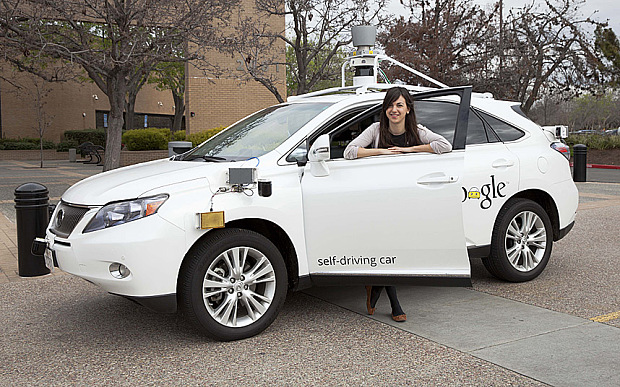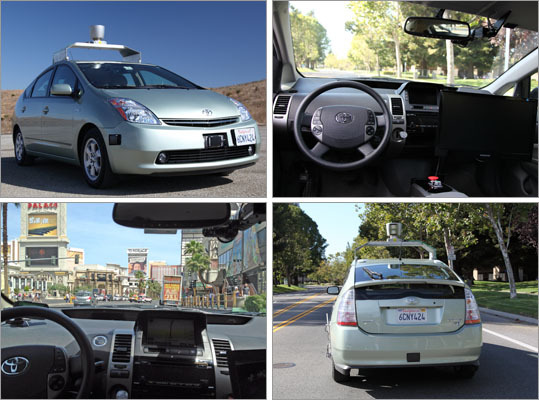Four of the nearly 50 cars without a driver behind the steering wheel now rolling around California have been involved in accidents since September when the state allowed the companies to test them on public roads.

Two accidents took place while the vehicles were in control. In the other two, cars were driven by a human, a person familiar with the accident reports informed ”The Associated Press”. The vehicle speed was less than 10 mph in all four accidents.

Three Lexus SUVs involved in the accidents that Google equipped with sensors and computing power in its aggressive effort to develop self-driving, a goal the tech giant shares with traditional automakers. Delphi Automotive – the parts supplier had the other accident with one of its two test vehicles.
Google and Delphi confirmed that their vehicles were not at fault in the mentioned accidents, which the companies said were minor. Five other companies have testing permits. All said they had no accidents in response to questions from the Associated Press. 48 cars had the license for testing on public roads.

Since September, any accident must be reported to the state Department of Motor Vehicles. The agency said there have been four, but would not comment about fault or anything else, citing California law that collision reports are confidential.
The fact that neither of the companies nor the state has revealed the accidents' troubles, who say the public should have information to monitor the rollout of technology that its own developers acknowledge is imperfect.

John Simpson, a longtime critic of Google as privacy project director of the nonprofit Consumer Watchdog, informed that the company's ultimate goal is a vehicle that has neither a steering wheel nor pedals. That would mean a person has no power to intervene if the car is out of control, making it "even more important than the details of any accidents be made public - so people know what the heck's going on."

A chief selling point for self-driving cars is safety. Their cameras, radar, and laser sensors give them a far more detailed understanding of their surroundings than humans have. Their response times also should be faster. Cars could be programmed to adjust if they sense a collision coming - move a few feet, tighten the seat belts, honk the horn or flash the lights in order to alert a distracted driver.
One of the primary goals so far is teaching them to exclude causing a serious accident that could set public and political acceptance of the technology back years.












